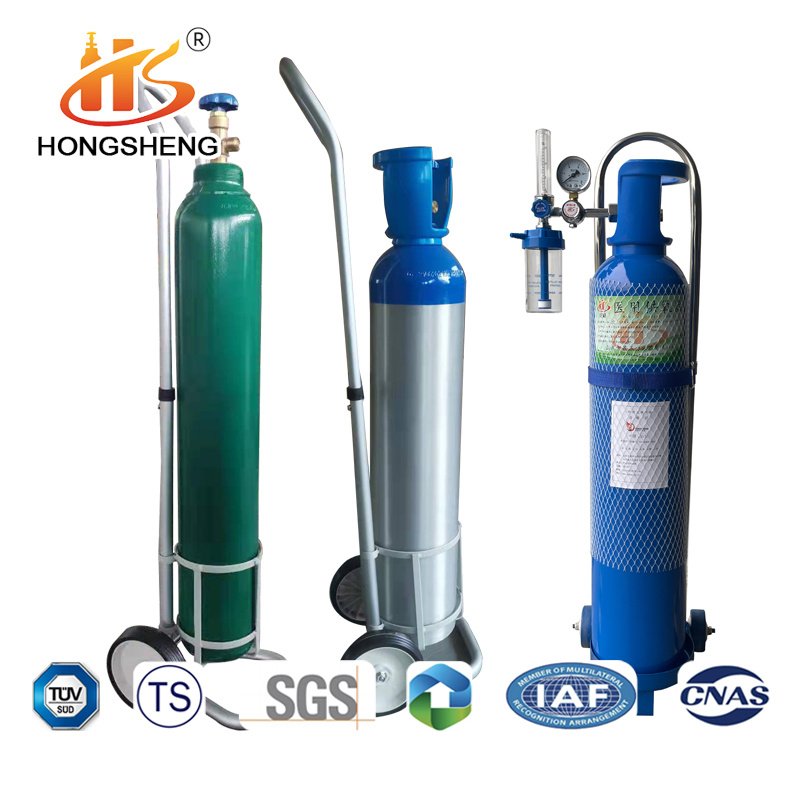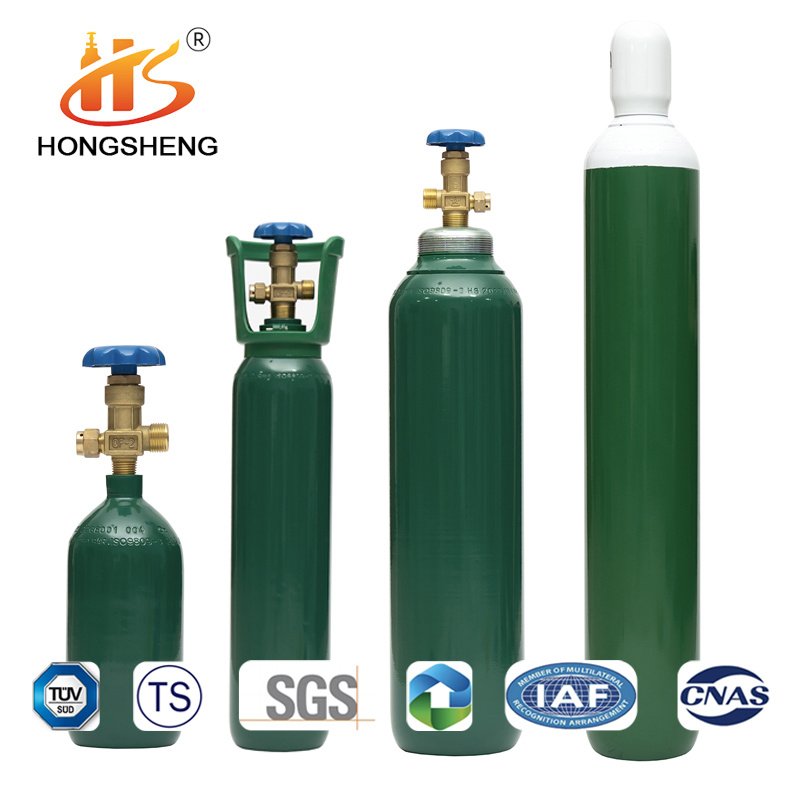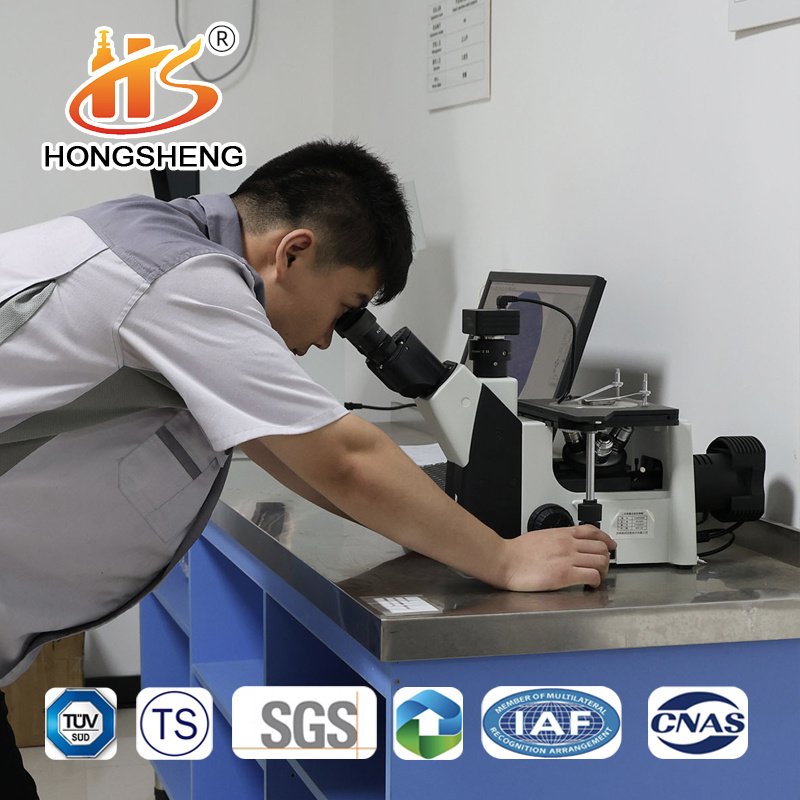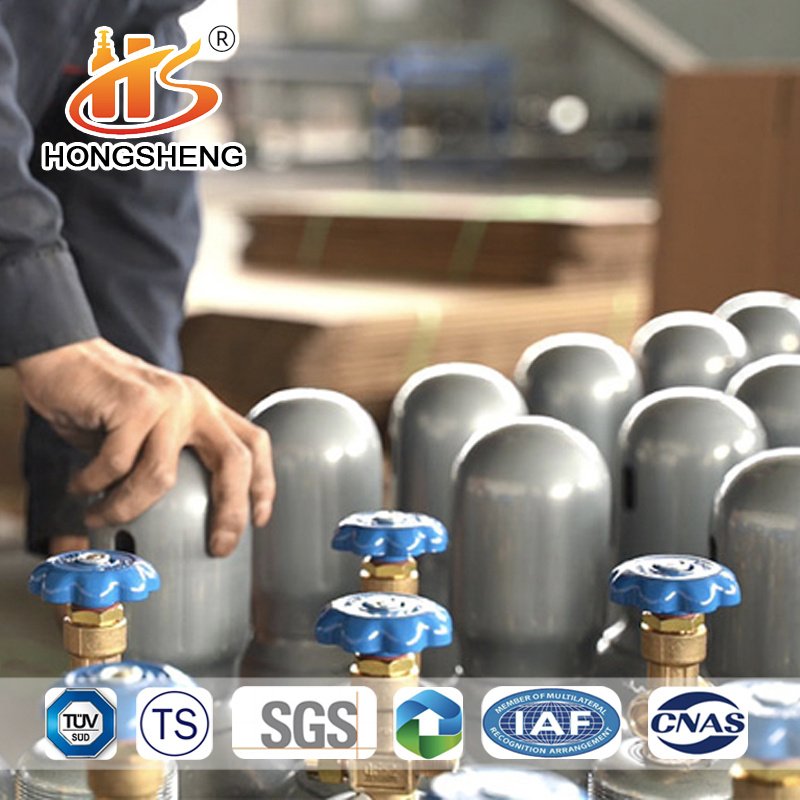In modern industrial applications, the use and management of gases are critical, with the storage and transportation of nitrogen, oxygen, and other gases posing key challenges. Among these, selecting the right oxygen cylinder directly impacts operational efficiency and safety. So, how do you choose the most suitable oxygen cylinder? Let’s explore this in depth.
Fundamentals of Oxygen cylinders
First, understanding the basic construction of an oxygen cylinder is essential. Typically made from high-strength alloy steel or aluminum, these cylinders are designed to withstand high pressure. When selecting one, consider the following factors: capacity, pressure rating, and compliance with safety standards.

Capacity Selection
Capacity is one of the most critical factors. Small-capacity cylinders are ideal for short-term use, while larger ones are better suited for prolonged industrial operations. For instance, the medical industry often uses portable, small-sized oxygen cylinders, whereas industrial applications typically require high-capacity cylinders to meet production demands.

Pressure Rating
Pressure rating is another crucial consideration. Oxygen cylinders come in various pressure levels, and choosing the right one ensures safe storage and usage. For example, if your operations require high-pressure oxygen, selecting a cylinder with a corresponding pressure rating is vital.
Safety Standards
Above all, safety cannot be overlooked. Always ensure that the oxygen cylinder you purchase complies with relevant national or international safety certifications. This not only guarantees product quality but also safeguards users during operation.

Industry Solutions: Maximizing the Value of Oxygen cylinders
Integrating oxygen cylinders efficiently into industrial workflows can significantly enhance productivity. Here are some practical recommendations:
Regular Inspections & Maintenance
Routine checks and maintenance are key to ensuring safe usage. Inspect valves, connecting pipelines, and the cylinder body for integrity to prevent potential leaks.
Employee Training
Proper training for personnel handling oxygen cylinders is essential. Ensure all employees are well-versed in correct operating procedures and safety protocols to minimize risks.
Emergency Preparedness
Finally, having an emergency response plan is critical. Whether dealing with leaks, explosions, or other hazards, a well-prepared strategy ensures swift and effective action during crises.

Conclusion
Choosing the right oxygen cylinder is not just about efficiency—it’s about safety. By considering capacity, pressure, and compliance with standards, and aligning them with industry needs, businesses can optimize their operations. We hope these insights help you refine your industry solutions!

